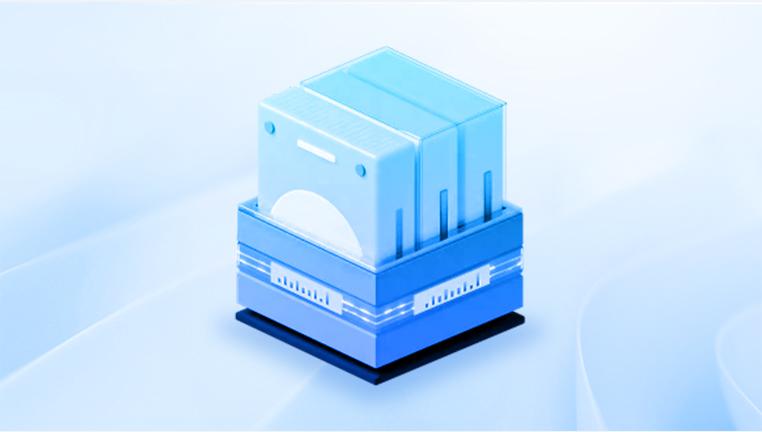Solid State Drives (SSDs) have revolutionized data storage, offering faster read and write speeds compared to traditional Hard Disk Drives (HDDs). This speed and efficiency have made them the preferred choice for many users, from casual consumers to professionals managing extensive databases. However, with the benefits of SSDs come challenges, especially when it comes to data recovery after accidental deletions or failures. Unlike HDDs, SSDs utilize a process known as TRIM, which can complicate recovery efforts.
To effectively recover deleted files, it’s essential to understand how SSDs function. SSDs use NAND flash memory to store data, which allows for faster access times. When a file is deleted on an SSD, it’s not immediately erased; rather, the system marks the space occupied by that file as available for new data. However, with TRIM enabled, the SSD’s firmware is notified that the deleted data is no longer needed, prompting it to erase that data in the background, making recovery more complex.

Common Reasons for Data Loss on SSDs
Accidental Deletion: The most straightforward cause of data loss, often resulting from user error.
Corruption: Data corruption can occur due to improper shutdowns, power failures, or software bugs.
Formatting: Formatting the SSD will typically erase all data, making recovery challenging.
Drive Failure: SSDs, while more reliable than HDDs, can still fail due to wear and tear, particularly after years of use.
Preparing for Recovery
Before attempting to recover deleted files, consider these preparatory steps:
Stop Using the SSD: Continued use can lead to overwriting the deleted data, significantly reducing the chances of successful recovery.
Check the Recycle Bin: If the file was deleted recently, it may still be in the Recycle Bin or Trash.
Backup Important Data: Regular backups can prevent future data loss. Consider using cloud storage or external drives for important files.
Recovery Methods
There are several methods to recover deleted files from an SSD, ranging from built-in operating system tools to specialized software. Here’s a breakdown of the most effective approaches:
1. Built-in Recovery Tools
Windows File History:
Windows users can utilize the File History feature if it was enabled prior to data loss. To restore files:
Go to the folder where the file was stored.
Right-click and select "Restore previous versions."
Choose a version from the list and restore it.
Mac Time Machine:
Mac users can rely on Time Machine backups:
Open the folder where the file was located.
Click the Time Machine icon in the menu bar.
Browse through backups to find and restore the deleted file.
2. Data Recovery Software
Drecov Data Recovery is a powerful software tool designed to help users retrieve lost or deleted files from various storage devices, including SSDs, HDDs, USB drives, and memory cards. Its user-friendly interface makes it accessible for both beginners and advanced users, offering a seamless experience throughout the recovery process.
One of the standout features of Drecov Data Recovery is its robust scanning capability. The software can perform quick scans for recently deleted files and deep scans for more complex data loss situations, such as formatted drives or severe corruption. It supports a wide array of file types, ensuring that documents, photos, videos, and more can be recovered efficiently.
For those facing data loss, Drecov Data Recovery stands out as a reliable solution, combining ease of use, powerful recovery capabilities, and comprehensive file support. Whether dealing with accidental deletions, drive failures, or formatting issues, it offers an effective way to recover valuable data. Regular updates ensure that the software stays current with the latest recovery techniques, reinforcing its status as a go-to tool for data recovery needs.
3. Professional Data Recovery Services
If software recovery attempts fail, or if the SSD is physically damaged, consider consulting a professional data recovery service. These services often employ specialized tools and techniques to recover data from damaged or corrupted drives. However, they can be costly, so weigh the value of the lost data against the potential expense.
Preventive Measures for Future Data Loss
To mitigate the risk of future data loss, implement the following strategies:
Regular Backups: Use external drives or cloud services to regularly back up important files.
Enable Recovery Options: Utilize built-in features like Windows File History or Mac Time Machine to create restore points.
Avoid Overloading Your SSD: SSDs perform best with ample free space. Try to keep at least 10-20% of the drive’s capacity free to enhance performance and longevity.
Monitor Drive Health: Use SSD management tools to monitor the health and performance of your drive. Many manufacturers provide utilities for this purpose.




